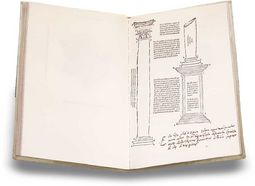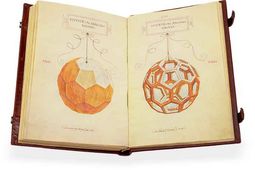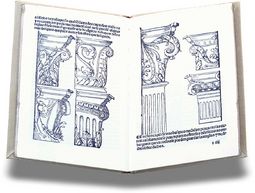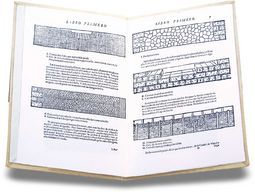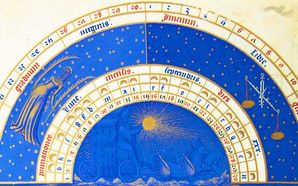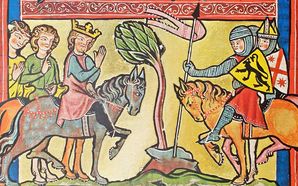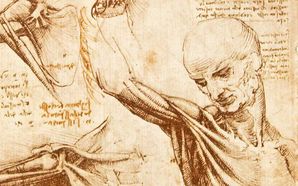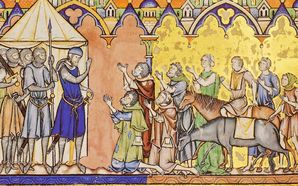Architecture and Engineering
Particular importance was attached to the design and construction of medieval buildings - large cathedrals, fortresses, and many other buildings from the Middle Ages bear witness to this. Master builders mostly oriented themselves on ancient models that everyone in Italy and in many other parts of Europe could see with their own eyes, and it was the builders of great cathedrals who decisively drove the transition from Romanesque to Gothic. However, during the Renaissance, the rulers and the cities that had become rich through trade adorned themselves with the widely visible masterpieces of great and famous architects.
Since architectural monuments are among the most public and permanent relics that medieval Europe has left us, the examination of the history of western architecture is central to an understanding of this epoch. The early manuscripts and treatises of this are the foundations on which our modern study of Western architecture is based. In addition, they provide wonderful insights into the magnificent buildings that were created in antiquity and the Middle Ages.
Demonstration of a Sample Page
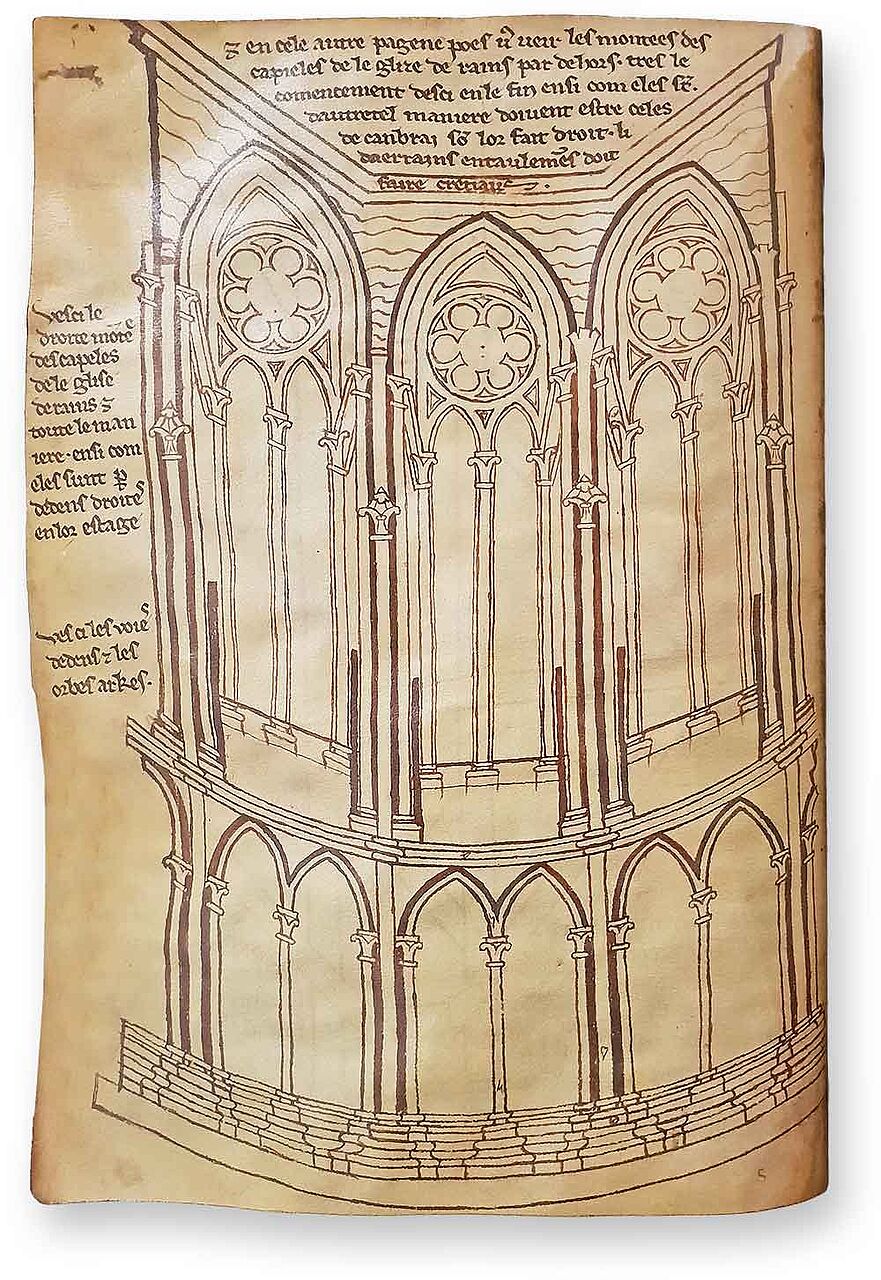
The Book of Cathedrals
Study of Windows Behind an Altar
This 13th century study depicts the windows that typically frame the altar in the east end of a cathedral and attempts to use perspective to show how the two outer windows flank the center. That this is a Gothic cathedral is evidenced by the large windows with pointed arches and stone tracery made possible by the flying buttresses outside (not pictured).
Lighter weight vaulting and stone ribs contributed to the brighter, more elegant aesthetic created by the larger windows of Gothic churches. Tall windows of this type usually lined the aisles of a Gothic cathedral but were sometimes arranged thusly to frame an altar and allow it to receive light from as many directions as possible. Villard de Honnecourt’s notes and instructions fill the margins.


